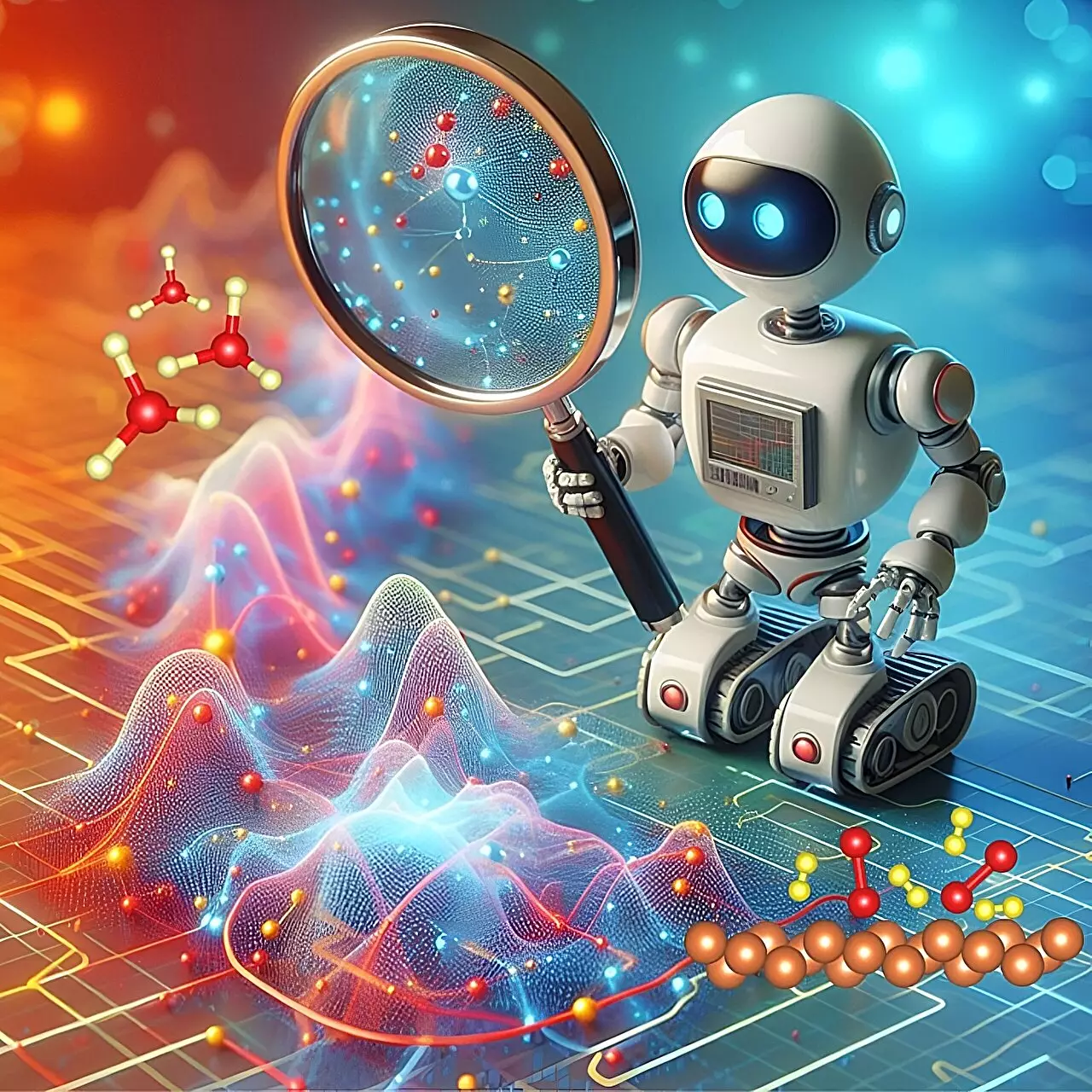The quest for efficient ammonia production has engaged researchers for over a century, highlighting the significance of this compound in various industrial applications, particularly agriculture. While ammonia is vital for fertilizers and numerous industrial processes, the conventional production methods have remained cumbersome, yielding suboptimal efficiency. Recent advancements, especially those utilizing artificial intelligence (AI), are reshaping our understanding and capabilities in this realm. A recent breakthrough led by a team at Iowa State University exemplifies how these technologies can pave the way for enhanced ammonia production methodologies, promising more sustainable and cost-effective solutions.
The global production of ammonia is an impressive 160 million tons annually, predominantly utilized as a nitrogen fertilizer to support crop yield and food security. Beyond agriculture, ammonia serves industrial roles in refrigeration and cleaning products, demonstrating its broad application spectrum. Despite its prominence, the standard methods of ammonia synthesis, primarily utilizing atmospheric nitrogen and hydrogen in the presence of iron catalysts, often suffer from inefficiencies. This cumbersome process ultimately necessitates innovation to address the associated challenges of high production costs and environmental impact, particularly greenhouse gas emissions linked to current synthesis strategies.
Innovations in AI are now steering the ship toward more effective ammonia production strategies. Researchers led by Qi An at Iowa State University are harnessing the power of AI to comprehensively investigate the intricate chemical reactions that underpin ammonia synthesis. Their development of the High-Throughput Deep Reinforcement Learning with First Principles framework (HDRL-FP) embodies a significant leap forward in this field. This AI-driven model enhances understanding and optimization of chemical processes by utilizing machine learning principles combined with foundational chemistry concepts.
Reinforcement learning, a pivotal aspect of HDRL-FP, operates on a trial-and-error learning basis. Drawing parallels with teaching a pet through reward-based incentives, this mechanism allows the AI to explore numerous chemical pathways and discern the most efficient routes. By leveraging graphic processing units and high-throughput data analysis techniques, the HDRL-FP can swiftly navigate the extensive landscape of possible reactions, identifying favorable mechanisms from an ocean of complex data.
The innovation represented by the HDRL-FP framework extends beyond ammonia production; it offers valuable insights for catalytic reactions generally. The researchers have developed their system to work efficiently from a generalized atomic positioning standpoint, steering clear of the exact specifics of reaction environments that can complicate traditional studies. This flexibility promotes scalability and adaptability in various chemical studies, exacerbating the utility of their findings.
The implications of this research cannot be understated. By optimizing ammonia production processes through the AI framework, potential reductions in production costs, carbon dioxide emissions, and the establishment of smaller, more localized production plants become attainable. Such developments would facilitate a fundamental shift in how ammonia is synthesized and utilized across different sectors, aligning with global sustainability goals.
The intersection of AI and chemistry heralds a new epoch in ammonia production. The endeavor undertaken by Qi An and his collaborators exemplifies the transformative power of technology in improving established industrial processes. With the HDRL-FP framework, researchers not only contribute to enhancing ammonia synthesis but also lay down a pathway for broader applications throughout the field of catalysis and chemical engineering. As these technologies continue to develop and proliferate, the potential for further breakthroughs in various chemical production processes remains limitless, ensuring a sustainable future propelled by science and innovation. As the field evolves, ongoing collaboration and interdisciplinary efforts will be pivotal in translating these technological advancements into tangible benefits.


Leave a Reply